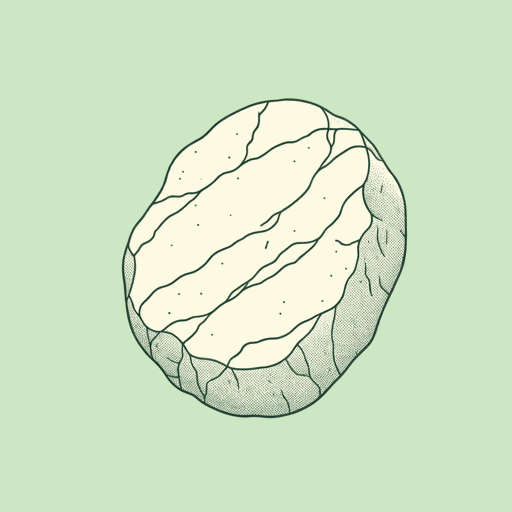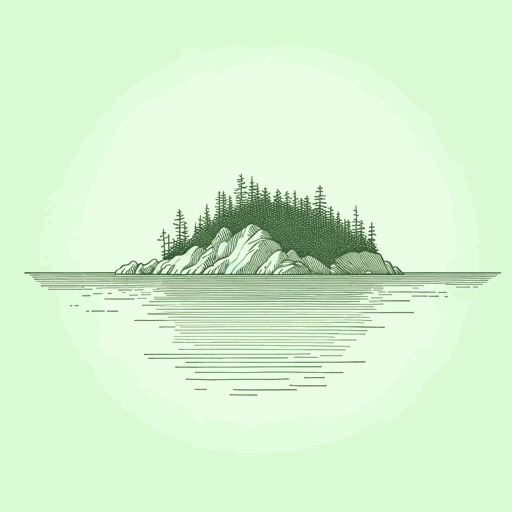50 pages • 1 hour read
Annie DillardTeaching a Stone to Talk: Expeditions and Encounters
Nonfiction | Book | Adult | Published in 1982A modern alternative to SparkNotes and CliffsNotes, SuperSummary offers high-quality Study Guides with detailed chapter summaries and analysis of major themes, characters, and more.
Essay 12Chapter Summaries & Analyses
Essay 12: “Mirages”
Essay 12 Summary
Dillard notes how mirages abound over the summer in Puget Sound, connecting this fact to her belief that the season of summer feels like a mirage itself, “a passive dream of pleasure, itself untrue” (149). During the winter, it is dark and cold, and the beaches are empty. Dillard sees only one other house lit up on the beach, miles away: “In the winter there is nobody, nothing. If you see a human figure, or a boat on the water, you grab binoculars” (149). By contrast, summers on the beach are populated by people, birds, and boats; people play volleyball, eat fresh clams, and enjoy the sun. Dillard compares this fleeting pleasure to mirages: “It vanishes like any fun, and the empty winds resume (150).
The mirages that Dillard witnesses in Washington seem to distort the world around them, like “a hall of mirrors rimmed by a horizon holey and warped” (150). Dillard explains that mirages are hard to see, since the mind will automatically fill in gaps of things that don’t make sense. Mirages photograph well and are enhanced by looking at them through lenses such as binoculars or telescopes. Dillard recalls standing on the beach and watching boats expand, elongate, and distort.
Related Titles
By Annie Dillard







